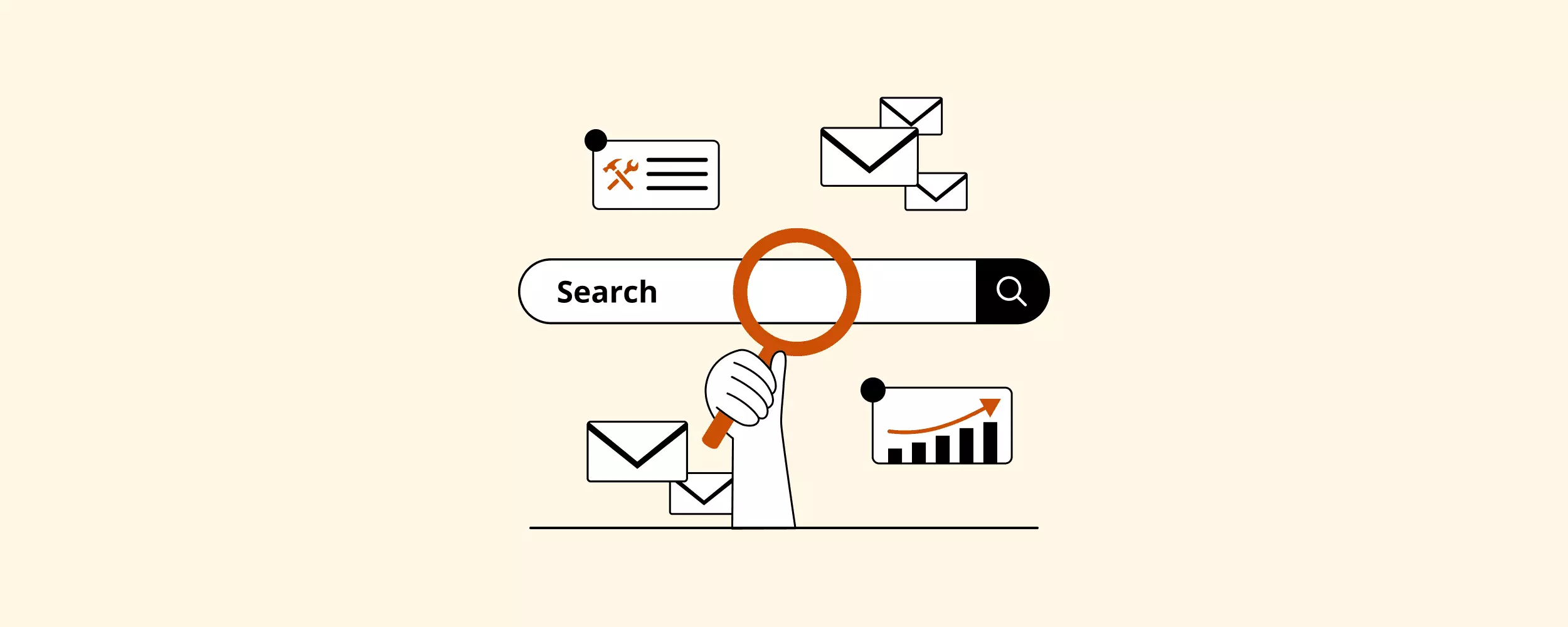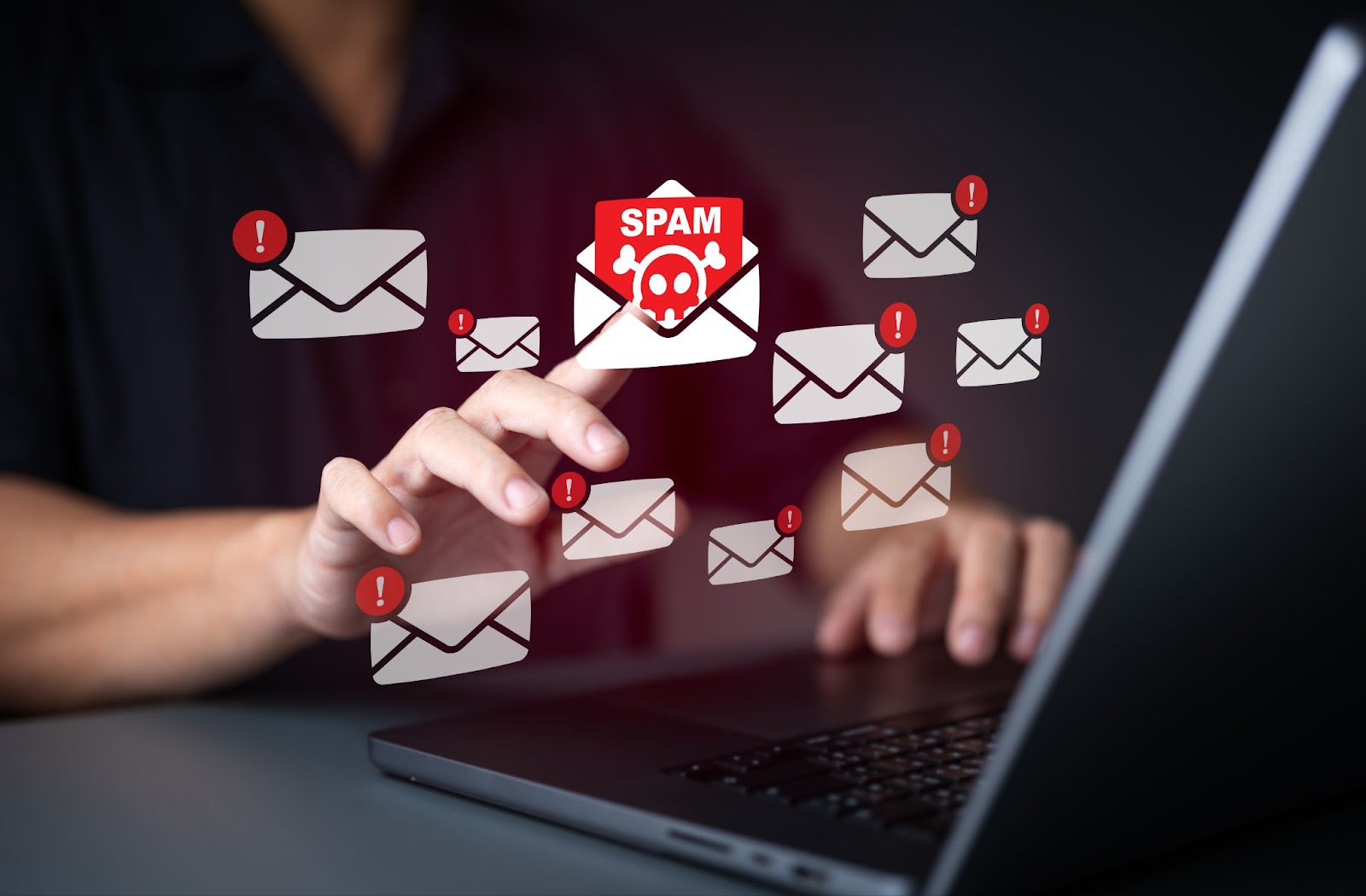Marketing automation can be a powerful driver of growth, especially for e-commerce businesses. In fact, Mailchimp’s tools help generate nearly 16 times more orders per recipient than regular bulk email. Whether you set up a single email or a series, automation allows you to engage customers at exactly the right time based on specific triggers.
Based on data from 150,000 businesses using Mailchimp, here’s what we found when comparing single and multi-email automations.
What the Data Reveals
Consumers often ignore emails in crowded inboxes, so using an email series improves the chances of repeated exposure and ultimately more conversions.
For example, abandoned cart series automations generate almost 37 times more orders per recipient than standard bulk emails. In contrast, a single abandoned cart email produces about 30 times more orders per recipient. That’s a 24% increase in effectiveness when using a series.
Looking at volume, a single abandoned cart email results in one order per 54 recipients. But a series improves that to one order per 43 recipients.
Revenue Impact: Series Outperform Singles
If you focus on revenue, the advantage of a series becomes even clearer.
- A single abandoned cart email averages $544 in revenue.
- An abandoned cart series generates $958 on average.
That’s more than 75% additional revenue, achieved simply by setting up a series instead of just one email.
We saw similar results in first purchase automations:
- A first purchase email series results in twice as many orders per recipient compared to single emails.
- In terms of revenue, a single first purchase email averages $149, while a series averages $480.
When Single Emails Perform Better
Not every automation behaves the same. Welcome emails, for instance, tell a more nuanced story.
Although welcome emails generally perform better than bulk email, the gap between single and series formats is narrower. In our analysis:
- Orders per recipient were almost identical.
- Surprisingly, single welcome emails performed 3.8% better in this metric.
However, when it came to revenue:
- The welcome series produced 51% more revenue per automation compared to a single email.
We also analyzed welcome automations with product blocks or recommendations. Even then, while single emails slightly outperformed in terms of orders per recipient, the series still generated 41% more revenue on average.
Test, Measure, and Adapt
Every business is unique. Although our study shows that automation series tend to outperform single emails in both orders and revenue, your audience might behave differently.
Most automation series in this analysis contained about three emails. That number works well for many businesses, but the right frequency depends on your specific goals and customer preferences.
We recommend testing both approaches—single email and series—across your automation types. Then monitor the results and refine based on what performs best.



Leave a Reply